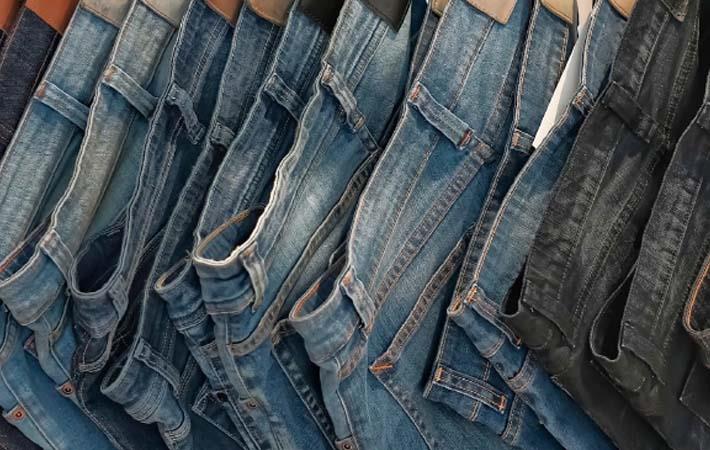Retailers should pay €33 more for jeans pair: Report

In the report ‘The Hidden Costs of Jeans’, researchers from the Impact Institute investigated a typical production chain for jeans: from cotton plantations and denim weaving mills in India via jeans factories in Bangladesh to transport to the European markets. They calculated the ‘true price gap’: the difference between the purchase price that retailers pay and the actual total production costs, including environmental costs and the impact on (local) society.
The heaviest external costs are caused during the growing of cotton and processing it into denim. Over half of the external costs in cotton production are environmental, having to do with the use of scarce water and the pollution of the precious liquid. In the production of denim and of jeans, social external costs are highest. In India, the main cause is widespread forced labour, child labour and underpayment throughout the entire value chain.
In turn, the production of jeans out of denim in the sewing workshops in Bangladesh entails social costs in the form of intimidation and underpayment of the employees. Per pair of jeans, these external costs are fairly low due to the limited time spent during this phase of production. Remarkably, the costs of transportation are negligible in the overall picture.
The report makes recommendations so as to make the costs more realistic. ABN AMRO hopes that fashion companies will be encouraged by to make even more efforts to get started with making the production chain more sustainable. This can be achieved by better organising the production processes in the production countries based on a long-term relationship with manufacturers, governments and social organisations. For a slightly higher price, it must be possible to purchase ‘realistic’ produced jeans. The report also gives Dutch consumers insight into the cost structure of jeans.
“True pricing helps retailers to enter into long-term relationships with their producers, to make good agreements together and to ensure that these agreements are complied with, so that a fair purchase price is paid. Consumers want more transparency and the true price method gives them insights with which they can make better choices,” said Henk Hofstede, sector banker retail at ABN AMRO, to local Dutch media. (PC)
Fibre2Fashion News Desk – India
































-Ltd..jpg?tr=w-120,h-60,c-at_max,cm-pad_resize,bg-ffffff)





.jpg?tr=w-120,h-60,c-at_max,cm-pad_resize,bg-ffffff)
.jpg?tr=w-120,h-60,c-at_max,cm-pad_resize,bg-ffffff)






